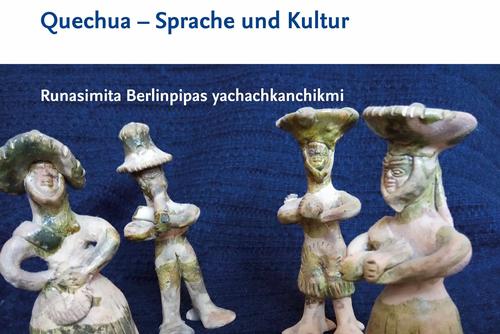Linguistics of Indigenous Languages
The Institute for Latin American Studies (LAI) offers a teaching and research program on indigenous languages of Latin America that is unique in the German-speaking world: Quechua, Aztec (Nahuatl), and the Mayan languages Chol and K'iche' are regularly taught in basic and advanced courses. These languages are still spoken today by a large number of people: Quechua in the Andean regions by 8,000,000 people; Nahuatl in central Mexico and K'iche' in the highlands of Guatemala by 1,500,000 each; and Chol in the highlands of Chiapas by 185,000 people.
With the exception of Chol, all languages were written using the Latin alphabet during the colonial period beginning in the 16th and 17th centuries and cover a wide range of text genres, such as wills, submissions to colonial authorities, purchase contracts, property deeds, etc. Today, texts in Quechua, Chol, K'iche', and Nahuatl are primarily the subject of oral tradition.
In the courses on indigenous languages at LAI, the basic structures of modern spoken languages are treated in the context of the life worlds of the indigenous population in a historical perspective. In addition to linguistic basics, general terminologies and methods, work with indigenous historical sources is also taught as a focus of ethnohistory. Thus, colonial texts, modern songs and oral traditions form a working basis as well as practice-oriented research on language acquisition, sociolinguistic aspects (age, gender, social status, education, rural-urban migration), language contact and language change, and the writing of oral languages.
Knowledge of indigenous languages of Latin America is an important prerequisite for appropriately approaching expressions of a culture foreign to us and for understanding corresponding social constructions and culture-specific contexts. The focus here is on overcoming Eurocentric approaches, such as breaking down one-dimensional views of our own culture on language(s) and communication situations, which are primarily characterized by written language and formal schooling.
